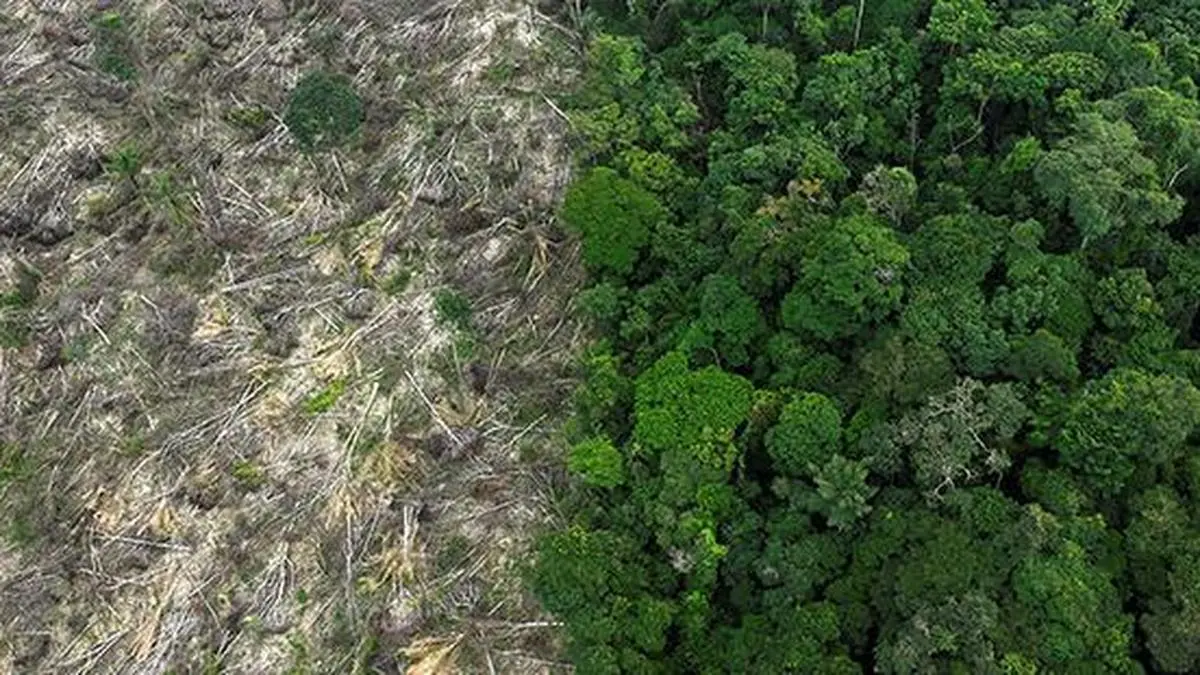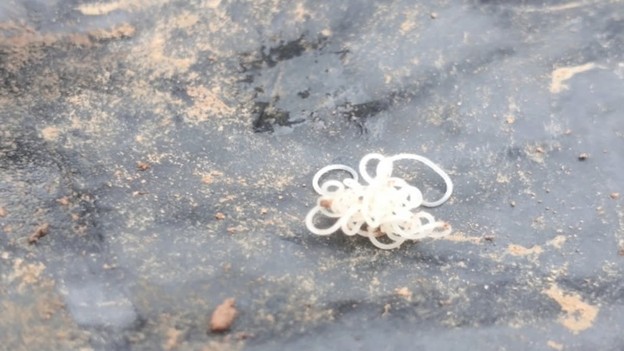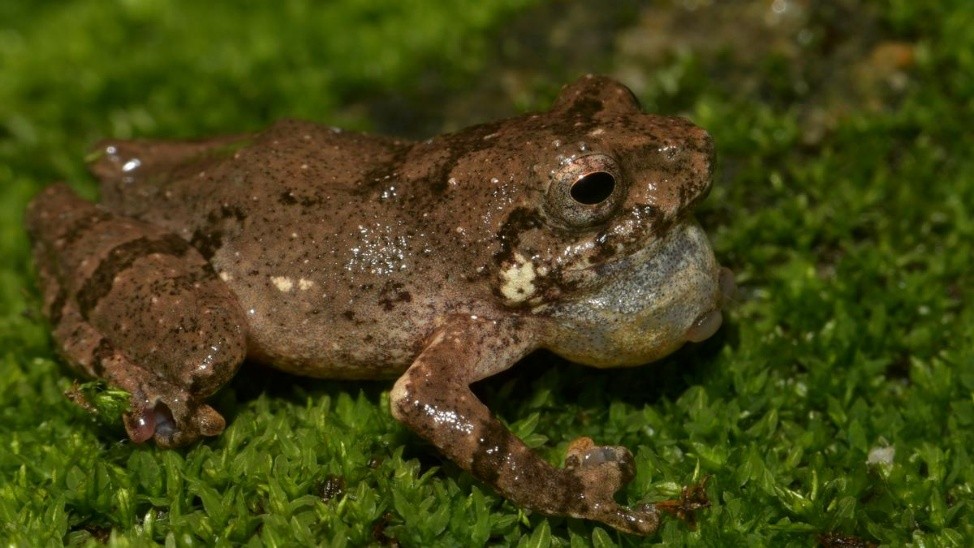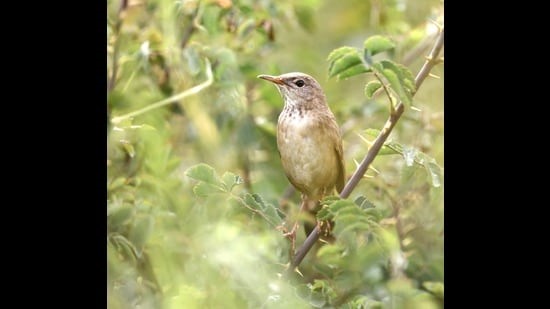



Utricularia, the most diverse genus of carnivorous plants, features small hollow pouches that trap and digest tiny animals. Found in lakes and wetlands, they lack roots and capture prey using rapid trap mechanisms. Keoladeo National Park in Rajasthan, a UNESCO World Heritage and Ramsar site, hosts diverse flora and fauna, including migratory birds.

Disclaimer: Copyright infringement not intended.
Currently 220 listed species occupying temperate and tropical habitats throughout the world--the most diverse and widespread genus of carnivorous plants.
Aspect |
Details |
|
Defining Feature |
Small hollow pouches actively capture and digest small animals like insect larvae, water worms, and water fleas. |
|
Habitat |
Found in lakes, streams, and wetlands worldwide; some species are invasive and have spread into new habitats. |
|
Root System |
Do not have roots; typically have a horizontal floating stem with simple or divided leaves. |
|
Bladders |
Carnivorous blisters form along the stem, ranging in color from dark to transparent. |
|
Trap Mechanism |
When prey touches the hairs, the trapdoor opens within a millisecond, sucks in the prey, and closes in about 2.5 milliseconds. |
|
Flowers |
Bisexual and bilaterally symmetrical. |
Vegetation: The vegetation here is of a dry deciduous type with medium-sized trees and shrubs inside the forest.
Flora: Some of the trees commonly seen in the park are kadam, jamun, babul, kandi, ber, kair and piloo.
Fauna:
Source:
|
PRACTICE QUESTION Q.Consider the following statements about Utricularia (bladderwort):
Which of the statements given above is/are correct? A) 1 and 2 only B) 2 and 3 only C) 1 and 3 only D) 1, 2 and 3 Answer: A Explanation: Statement 1 is correct: Utricularia is a carnivorous plant that captures and digests small animals like insect larvae, water worms, and water fleas using hollow pouches called bladders. Statement 2 is correct: Utricularia does not have roots; instead, it has a horizontal floating stem with simple or divided leaves. The bladders trap small organisms using trapdoors, which open when triggered by sensory hairs, closing rapidly after capturing the prey. Statement 3 is incorrect: While Utricularia is found in freshwater lakes and streams, some species are invasive and have spread into new habitats beyond their native range. |











© 2025 iasgyan. All right reserved